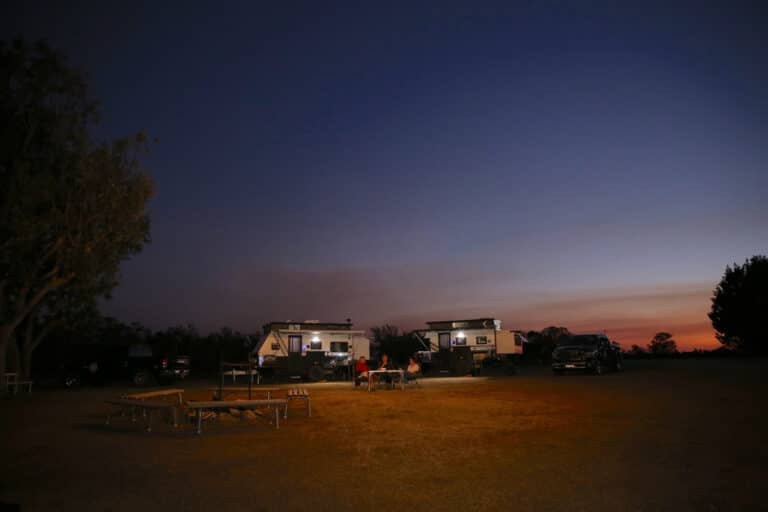
Tens of thousands of drivers hit kangaroos on Australian roads every year, and Volkswagen is doing something about it. Three years ago, they started an ambitious journey to create the RooBadge, the world’s first scientifically proven kangaroo car deterrent. And after recently receiving the green light from the University of Melbourne’s Ethics Committee, will move to stage four of the program – real-world testing involving controlled vehicles.
It sounds far-fetched, but if it is successful, it means your Amarok (and, according to Volkswagen, other vehicles also) could effectively have a kangaroo car deterrent that would prevent roo strikes from occurring in the first place.
How does the RooBadge work?
The RooBadge works by using a mix of meaningful sounds to kangaroos (like bird alarm calls, predatory sounds, and kangaroo foot thumps) with synthetic sounds. Part of the problem lies in the fact that Australia has multiple species of kangaroos, and they all react differently to different sounds, so producing a single sound that will act as a kangaroo car deterrent is not viable. To overcome this, in a world-first innovation, Volkswagen’s RooBadge uses machine learning to compare GPS coordinates against kangaroo distribution data to select the best sound for deterring the kangaroo species in that particular location.
According to Volkswagen, the RooBadge will be easy to install on all current Amaroks by replacing the current front badge. There it will use directional speakers to emit a focussed beam of sound far ahead of the vehicle. RooBadge will reportedly link to an in-car app that automatically activates the kangaroo car deterrent when travelling through known collision hotspots and allows for over-the-air updates by syncing with the cloud.
The progress so far
Working with the University of Melbourne and industry leaders for the last three years, Volkswagen has used real-world tests to develop its hardware, software and sounds.
Stage one involved testing sounds on domesticated kangaroos, allowing researchers to discover the types of sounds that would alarm and disperse kangaroos. The second stage involved validating the kangaroo car deterrent technology, where hardware tests were carried out with directional speakers so that a sound could be detected and heard far ahead of the vehicle (thus overcoming the major issues with current solutions).
Stage three included remote testing on wild kangaroos for six months, using remotely monitored Amaroks in locations where kangaroos migrate. When a kangaroo passed in front of the vehicle, a random sound was played, and the kangaroo’s reaction was recorded on 360-degree cameras for review.
This leads us to stage four, where they are now. According to Volkswagen, these previous “positive results led to a submission to the Animal Ethics Committee to allow us to use moving vehicles to increase the frequency of encounters with kangaroos”.
This testing will involve driving slowly to find kangaroos, at which point the driver will then play a random sound and capture the kangaroo’s reaction on video.
What are Volkswagen’s plans for the future?
Volkswagen plans to develop a universal, mountable version of the RooBadge that will attach to the number plate of any vehicle – not just the Amarok or other Volkswagens.
Being that RooBadge is still in the testing phase, this kangaroo car deterrent is not currently available for purchase and there is no indication of price. However, it is an interesting concept, so stay stuned for further updates.
For more information, visit www.volkswagen.com.au/en/roobadge.html










